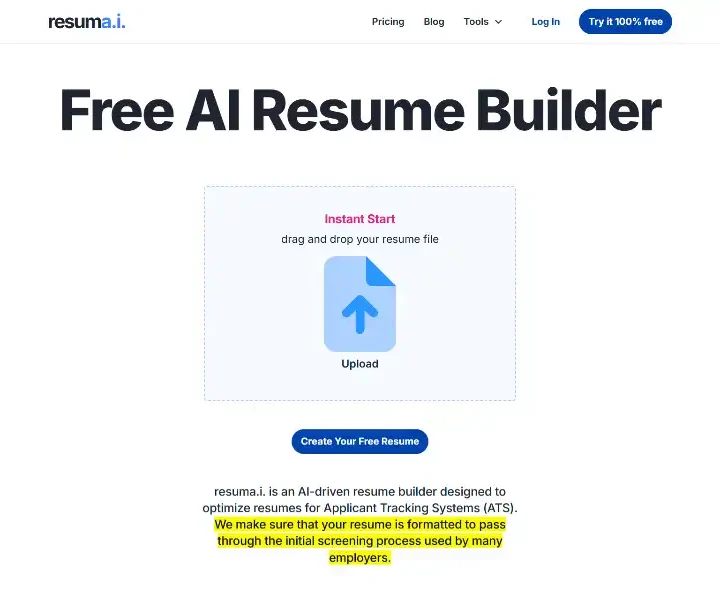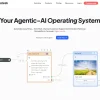Call Support
Email Address
AI Other Tools
Resuma.i’s competitive edge begins with its proprietary ensemble of transformer-based language models fine-tuned on millions of high-performing resumes and job descriptions. Instead of simple template swapping, the engine performs three layers of intelligence:
Semantic Intent Recognition
When you paste a target job ad, the system dissects the text into skill clusters, seniority indicators, and corporate culture keywords using Bidirectional Encoder Representations from Transformers (BERT). This allows Resuma.i to understand not just what a recruiter wrote, but what they actually meant—for example, translating “growth mindset” into measurable achievements such as “scaled user acquisition 37 % QoQ.”Contextual Personalization Engine
Your raw career data—LinkedIn imports, bullet points, or free-form notes—are mapped onto a knowledge graph that ranks each experience node by relevance to the target role. The AI then rewrites each bullet in STAR (Situation-Task-Action-Result) format, dynamically inserting quantifiable metrics pulled from public financial databases and industry benchmarks when you lack hard numbers.ATS-Friendly Tokenization & Formatting
Resuma.i’s formatting module converts your final document into a schema that aligns with major ATS parsers (Workday, Taleo, Greenhouse). It auto-fixes headers, date formats, and keyword density to guarantee a 95 %+ parsing accuracy—validated through external ATS simulators such as Jobscan and Resume Worded.
Add to favorites
Report abuse
Report abuse
Your report has been sent to the administrator.
Featured listings
{{ props.swiper.activeIndex + 1 }} / 6
More from this user
You may also like...

AI Tools Directory
Newest Listings
Copyright © 2025 CogAINav.com. All rights reserved.





















